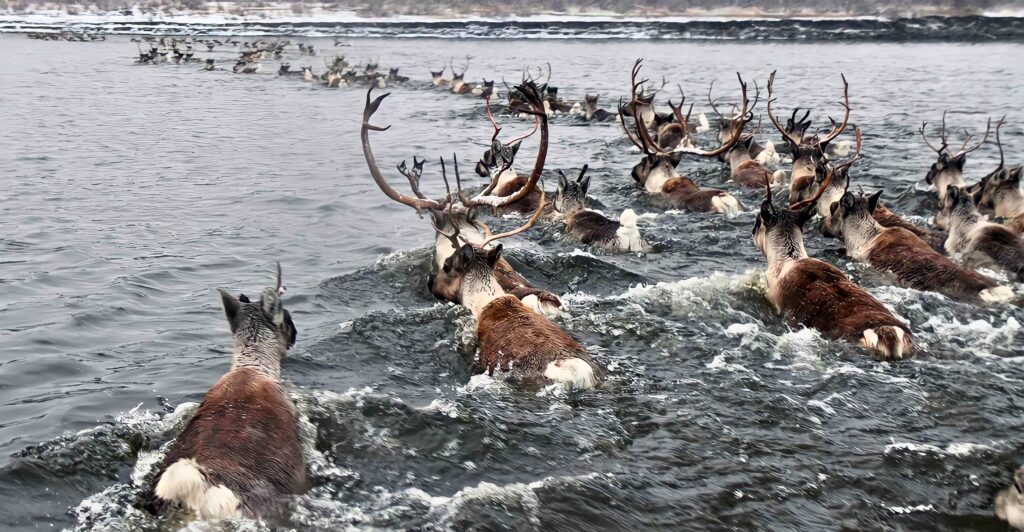
When we think of migration, birds usually come to mind, flying to a warmer climate for the winter season. But land animals also make incredible journeys, traveling thousands of miles for their migrations.
1. Moose
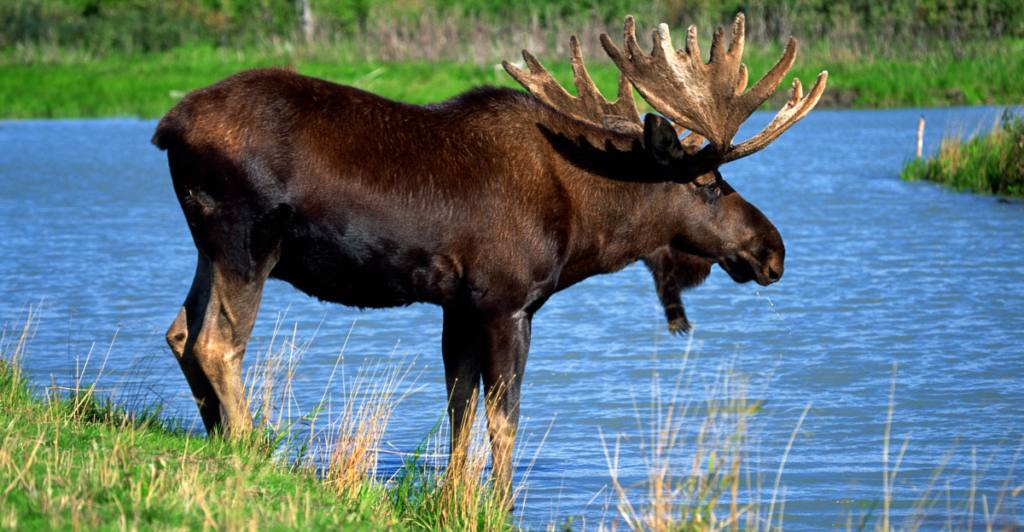
You might not have even considered moose, but in North America, moose migrate between summer feeding grounds in wetlands and wintering areas in forests, covering distances of up to 240 miles (392 km). Their movement is primarily driven by food availability and deep snow, which can make foraging difficult in colder months.
2. White Eared Kob
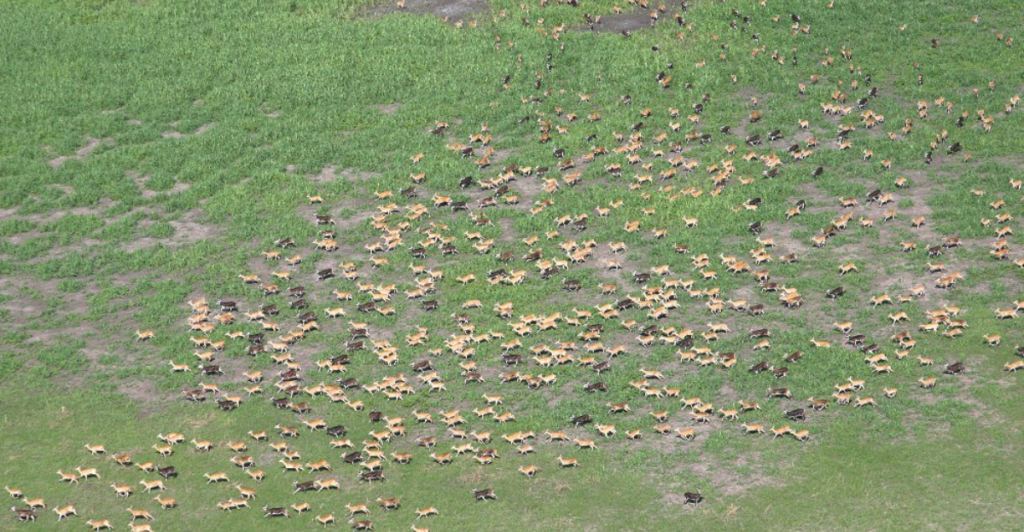
This antelope is found in South Sudan and Ethiopia and travels up to 248 miles (400 km) in search of fresh pastures and water. The seasonal rains dictate their journey as they move between the floodplains of the Sudd wetlands and the grassy savannas.
3. Pronghorn
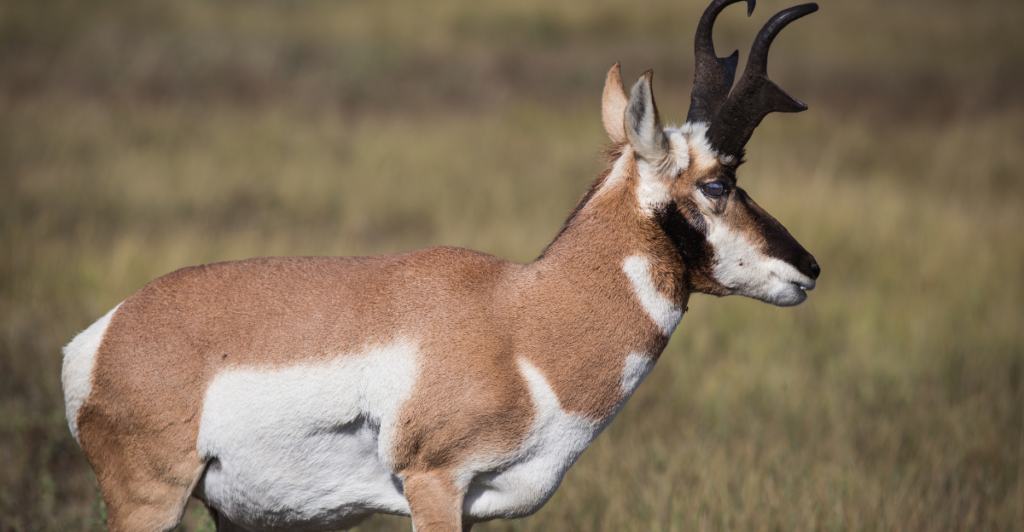
Known to be North America’s fastest land animal, they take on quite a migration each year. Some populations travel up to 2700 miles (435 km) round-trip between their summer ranges in Wyoming’s Grand Teton National Park and their wintering grounds in the Red Desert. They have followed the same migratory routes for thousands of years, and conservation efforts have been made to preserve this ancient migration.
4. Bison
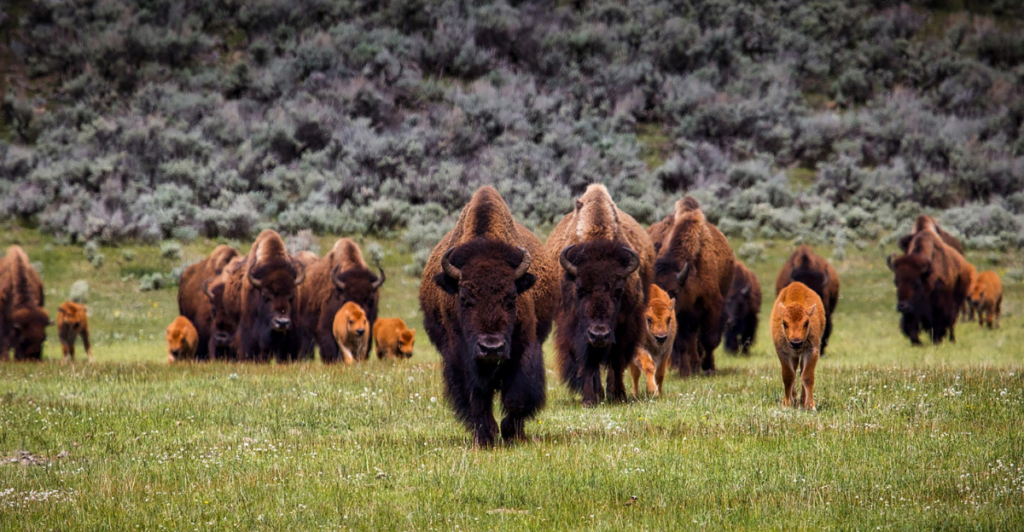
Yellowstone National Park’s bison still follow ancient migration routes, moving up to 300 miles (483 km) annually between lower winter elevations and higher summer grasslands. Modern barriers like roads, fences, and human settlements have significantly restricted their natural movement.
5. Burchell’s Zebra
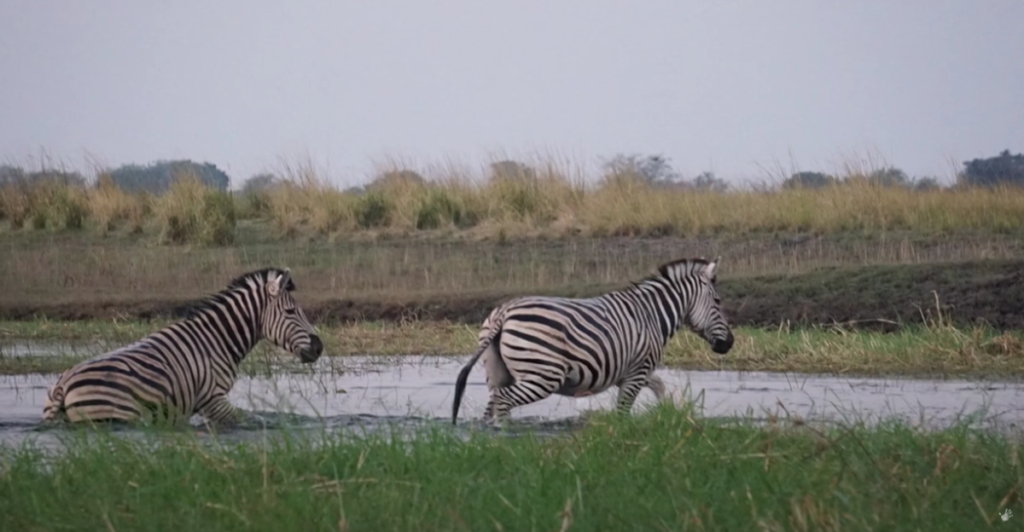
This subspecies of Zebra is found primarily in Botswana and Namibia. Traveling up to 365 miles (588 km), they move seasonally between the floodplains of the Chobe River and the Nxai Pan National Park. Driven by the search for water and fresh grazing, their journey is vital for survival in the landscapes of southern Africa. Burchell’s zebras often travel in loose herds, mingling with wildebeest and other grazers.
6. Mongolian Gazelle
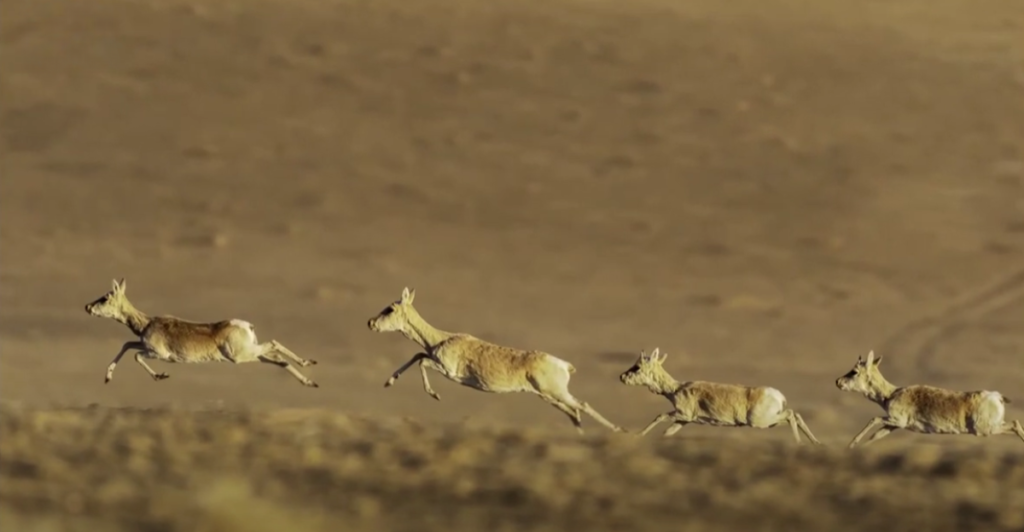
Found across Mongolia and China, these agile antelopes can travel over 3720 miles (600 km) annually for food and water. Mongolian gazelles move in response to shifting weather patterns, droughts, and snow cover, making their migration highly dynamic. Massive herds—sometimes numbering in the hundreds of thousands—sweep across the grasslands in a breathtaking display of movement.
7. Blue Wildebeest
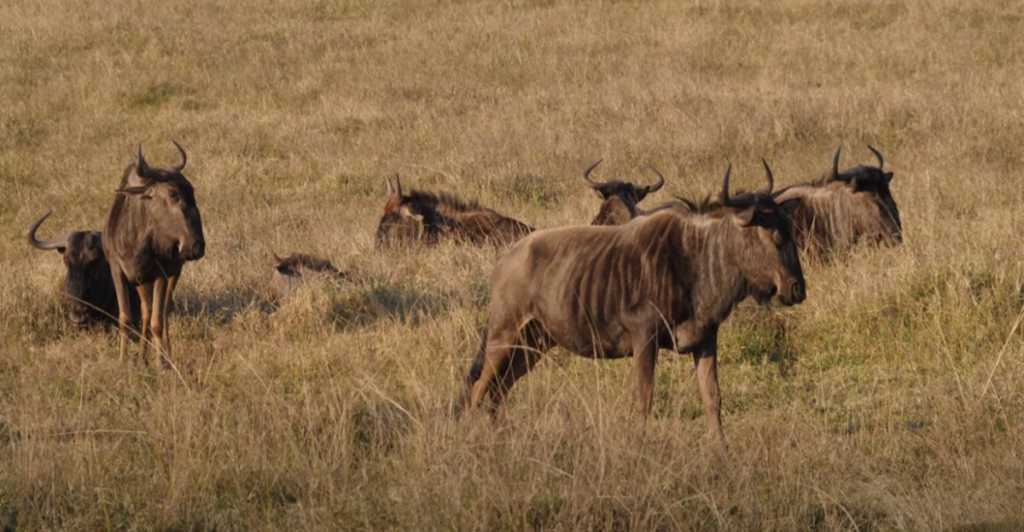
These animals are famous for their awe-inspiring migration across the African savannas, which is often referred to as one of the greatest wildlife spectacles on Earth. Each year, over 1.2 million wildebeest travel up to 403 miles (650 km) in a continuous cycle between Tanzania’s Serengeti and Kenya’s Maasai Mara.
8. Tibetan Antelope
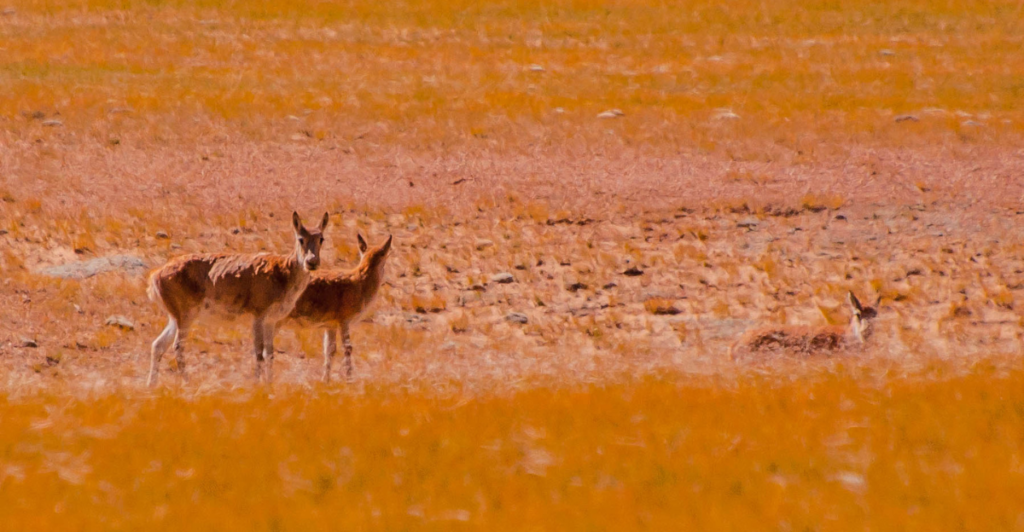
Also known as the chiru, the Tibetan antelope is found on the Tibetan Plateau and travels up to 434 miles (700 km) each year, moving between summer grazing grounds in the alpine meadows and wintering areas at lower elevations. Enduring freezing temperatures, harsh winds, and oxygen-poor air at elevations above 16,000 feet (4,800 meters), the Tibetan antelope is a true survivor of one of the planet’s toughest environments.
9. Mule Deer
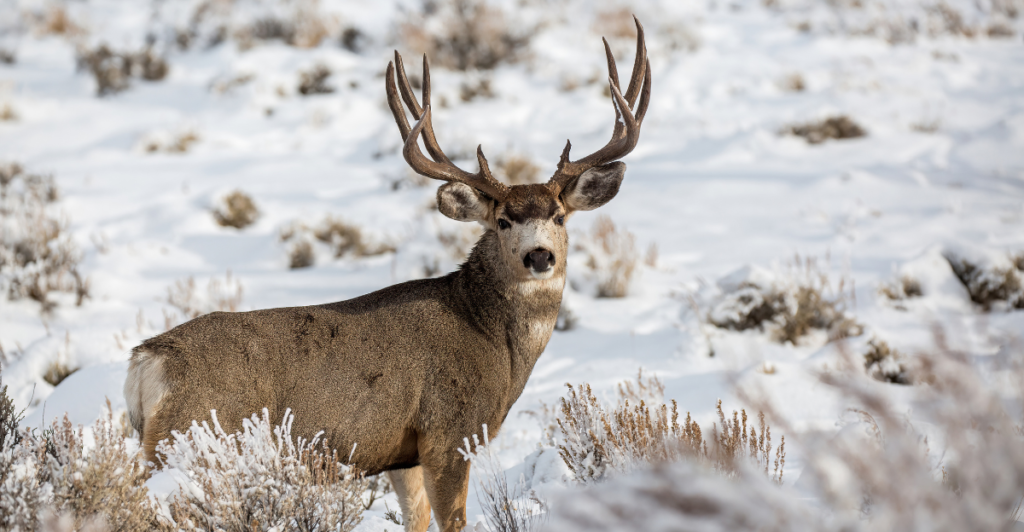
These animals typically move 480 miles (772 km) annually. Found primarily in the western United States and parts of Canada, these deer are susceptible to snow cover, which forces them to migrate to areas with less harsh conditions and more accessible food sources.
10. Gray Wolf

These apex predators undertake impressive seasonal movements in search of food and territory. As part of their nomadic lifestyle, wolves usually travel 630 miles (1 016km), particularly in areas like Alaska, Canada, and the northern Rocky Mountains. Their migration patterns vary depending on prey availability, weather conditions, and the need to establish or protect pack territories.
11. Caribou
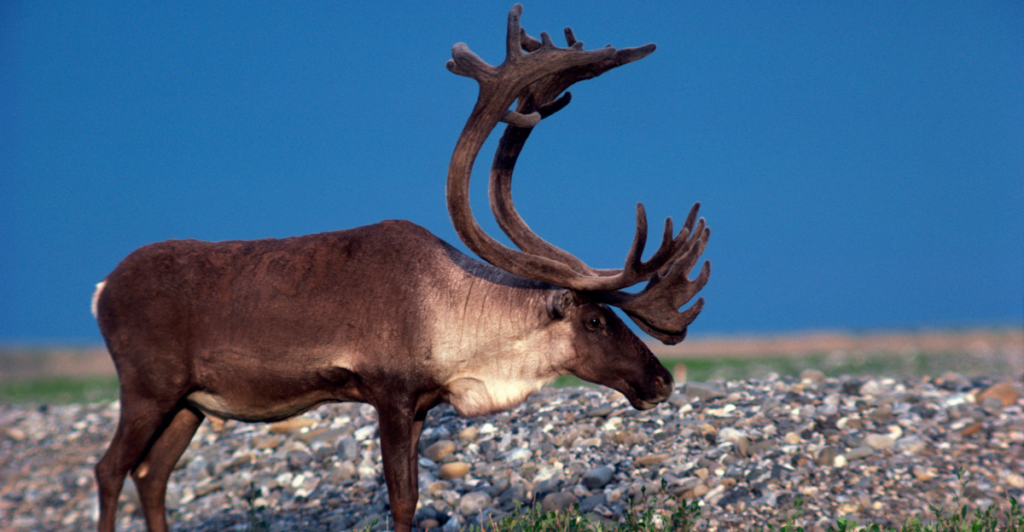
These large herbivores travel up to 840 miles (1 350 km) annually, making them one of the most migratory mammals on the planet. Caribou herds move between summer calving grounds in the northern tundra and wintering areas in the forests, following ancient routes that have been used for thousands of years.
Why Do These Animals Migrate Each Year?
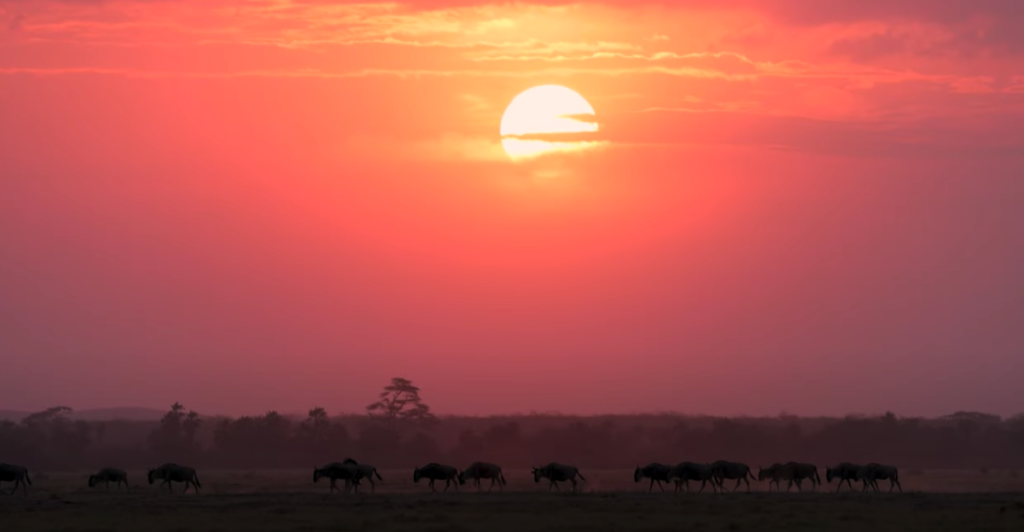
Migration is an important survival strategy for many land animals, allowing them to find food, water, and suitable climates. While some migrations are well-documented, many are still being studied, revealing how interconnected and dynamic our planet’s ecosystems are.
Discover more of our trending stories and follow us to keep them appearing in your feed

California Is Breaking Apart: A Fault Line Is Forming Faster Than Anyone Predicted
There Will Be Eruptions: Concerns Mount as Yellowstone Supervolcano Activity Shifts
Lake Shasta’s Remarkable Comeback From Drought Captured in Stunning Images
Climate Change Overestimated? New Data Shows Oceans Are Cooling The Planet Faster Than Predicted
References:
Reference 1
Reference 2
This article first appeared here
Stay connected with us for more stories like this! Follow us to get the latest updates or hit the Follow button at the top of this article, and let us know what you think by leaving your feedback below. We’d love to hear from you!







